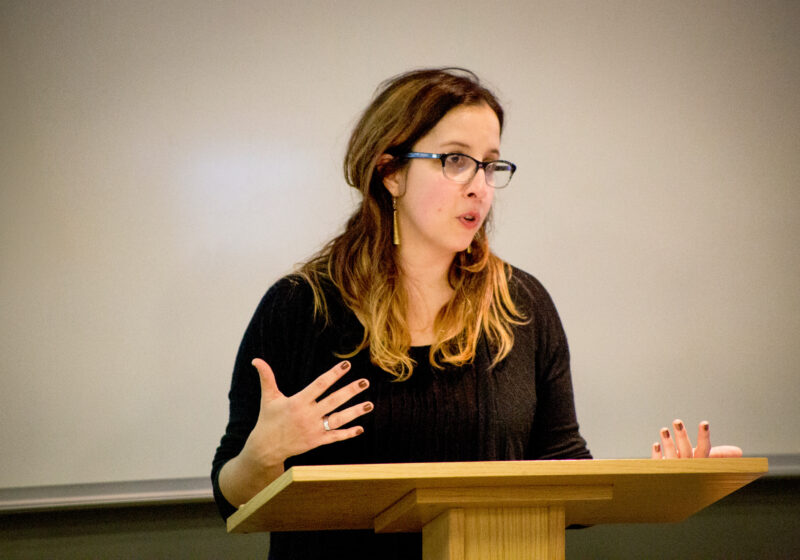New York Governor David Paterson may be forced to cut Medicaid spending in order to balance the state budget. Area hospitals, including Strong Memorial Hospital and Rochester General Hospital have been bracing for the cuts with downsized budgets.
It is estimated that Strong Hospital could lose up to $30 million in Medicaid funding next fiscal year. The situation could get worse. More definitive budgets will be available in the coming months.
Chief Operating Officer of Strong Memorial Hospital Kathy Parrinello said that her staff has been meeting with officials from Albany to negotiate these cuts.
‘The governor has proposed many new cuts in addition to the ones passed in November,” she said. ‘Although all of them may not pass, the magnitude of those that will could be rather sizeable.”
‘State budget cuts in Medicaid funding affect reimbursement to the hospital,” Parrinello said. ‘This is especially challenging because about 70 percent of Strong Hospital’s patients are covered by Medicaid.”
In preparation for the cuts, the hospital has adopted a cost reduction program to maintain fiscal fitness and stability of the hospital.
‘The hospital aims at effective and frugal use of supplies and pharmaceuticals, fewer transfusions, measures such as duplication, consolidation and support programs,” Parrinello said. ‘We also plan to negotiate with our vendors for better quotes. This would improve quality, contain costs and add to the savings we can garner.”
The hospital is also looking to cut costs in terms of hiring freezes and conservative wage increases. The hospital’s goal is to cut 100 positions; however, these will be due to hiring freezes rather than job cuts.
‘Our goal is minimum layoffs,” Parrinello said.
Additionally, salary increases are determined by the hospital’s financial performance. This year Strong might be forced to adopt conservative monetary policies. However, Parrinello said that Strong remained committed to recruiting and retaining employees and offering competitive wages.
Parrinello also referred to budget cuts issued by the federal government in 1995 and added that similar strategies of cost reduction by Strong were effective at that time as well.
Rochester General Health System has been hit particularly hard by the Medicaid cuts. The cuts have forced RGHS to eliminate 140 positions through turnover and abolishment of temporary jobs.
RGHS also reduced $24 million from its operating budget in anticipation of a $10 million reduction in Medicaid funding. The job cuts have come from all facets of the system, including the Newark-Wayne Community Hospital and the Hill Haven nursing home.
Rochester General Health System posted a two percent surplus on its budget in 2008, so the recent cuts come as a surprise.
However, RGHS faces other budget problems. It will have to provide charity care to a larger number of unemployed workers throughout the city due to the poor state of the economy.
In addition, the system is facing smaller amounts of investment. RGHS, as well as Strong Memorial, hopes that hiring freezes will help stagnate some of the budget losses. Roughly 60 percent of RGHS’s budget goes towards labor and personnel.
According to Hospital administrators, however, most of the personnel cuts will be for employees who don’t directly deal with patients.
Additionally, Unity Health System, based in Rochester and western Monroe County, said it expected to cut jobs as it looks to correct a $6 million budget gap.
The cuts have alarmed politicians who fear that hospitals in the city and across the state could go bankrupt as a result. Politicians have pledged to help local hospitals solve the issue.
Although the budget situation is dismal for many hospitals across the city, Parrinello reiterated that Strong is dedicated to avoiding adverse effects of the Paterson- proposed budget cuts on employees and patients alike.
‘Quality, safety and customer service are very critical for Strong,” Parrinello said. ‘Patient care and employment will not suffer as a result of these reductions.”
Paterson is required to balance the state budget every year by New York state law, which is why there has been a rush to decrease spending.
New York currently faces a $1.5 billion deficit for the 2009 fiscal year and a $12.5 billion deficit for the 2010 fiscal year. Health care and education take up the largest portion of the state’s budget, and Medicaid is a state-administered, not federally-administered program.
Spokesman for Healthcare Association of New York State, a nonprofit hospital lobbying group, William Van Slyke, said in an article in the Rochester Democrat and Chronicle that hospitals state-wide were facing budget cuts and cautioned that the worst was still to come. He noted that five hospitals outside the greater Rochester area have announced layoffs and two hospitals in New York city are on the verge of shutting down.
‘What we’re seeing is the first wave of what may be wave after wave of significant hospital reductions,” Van Slyke said. ‘It bodes poorly for the future.”
Rath is a member of the class of 2012.



